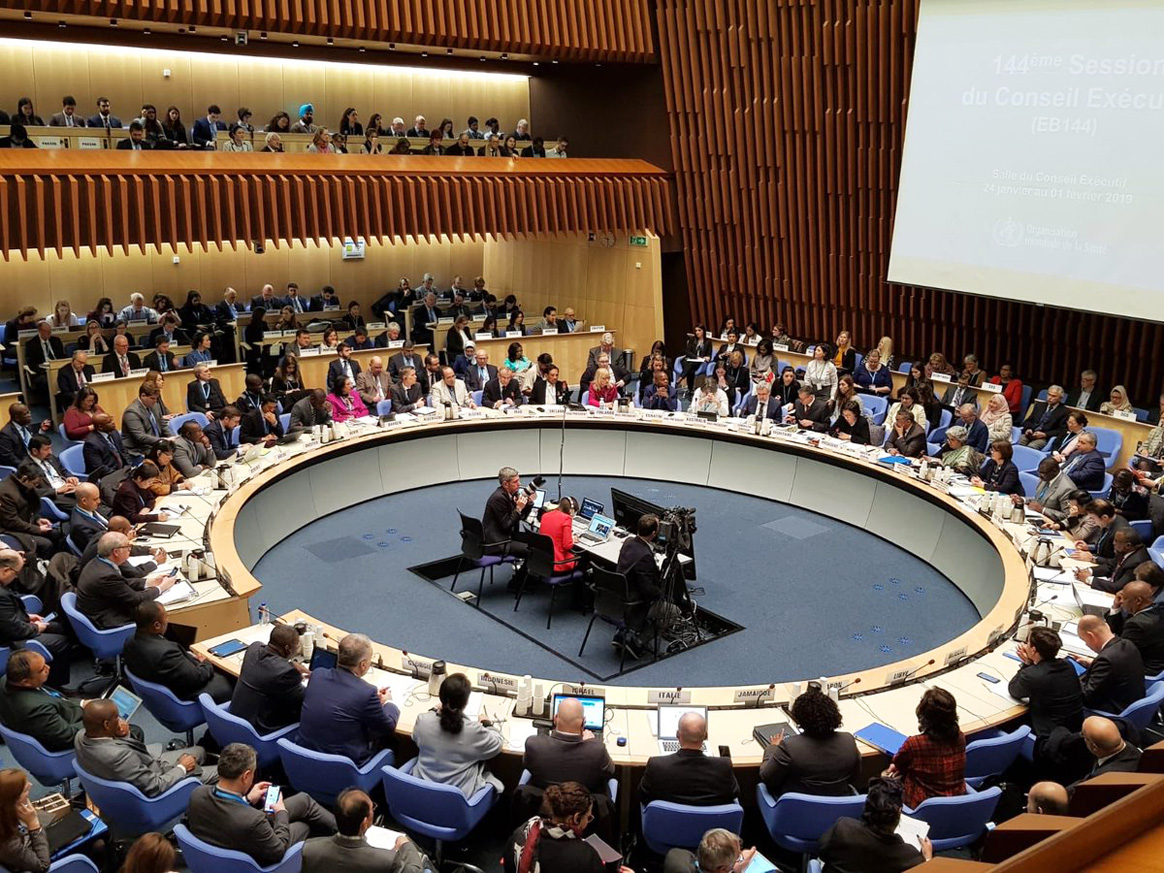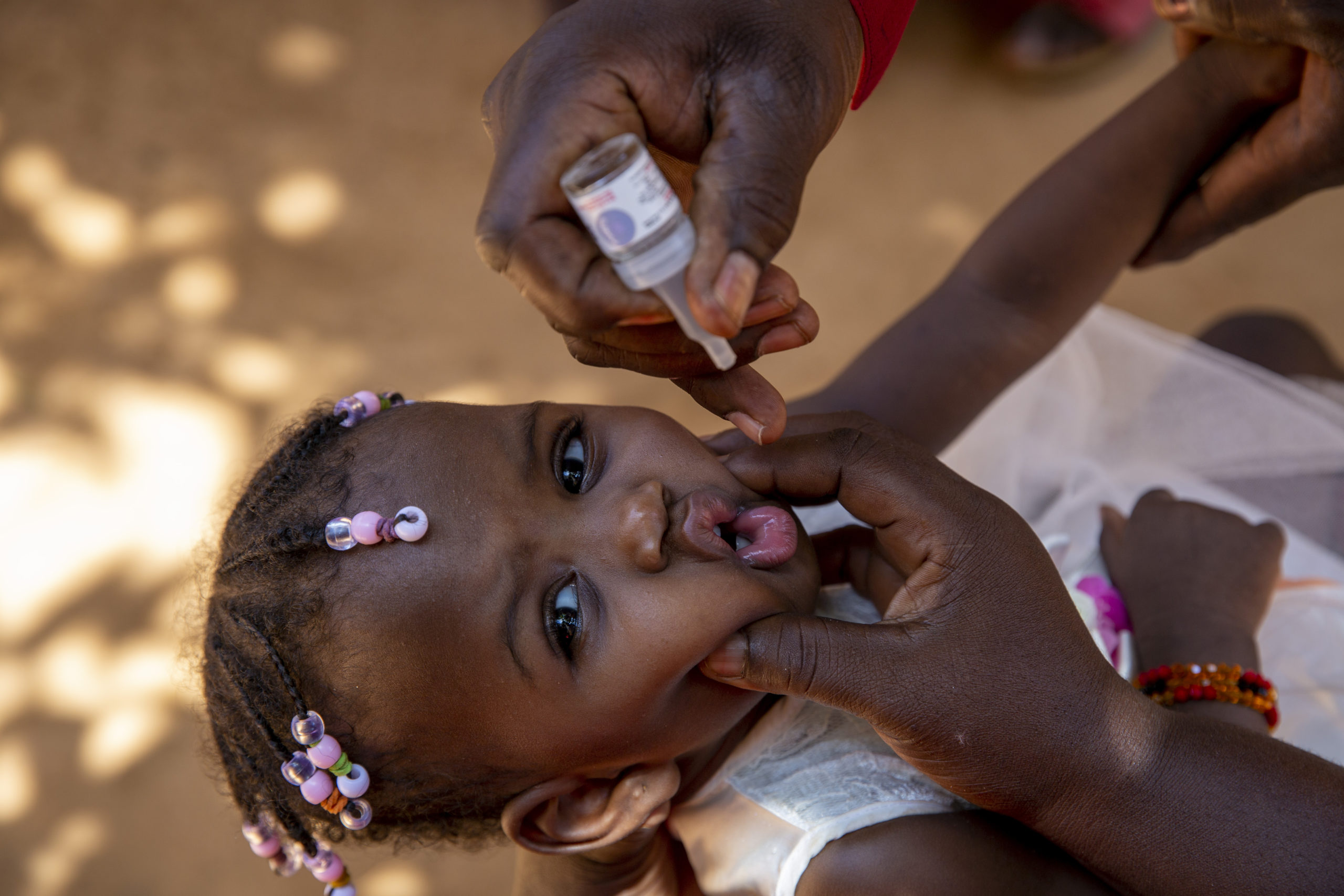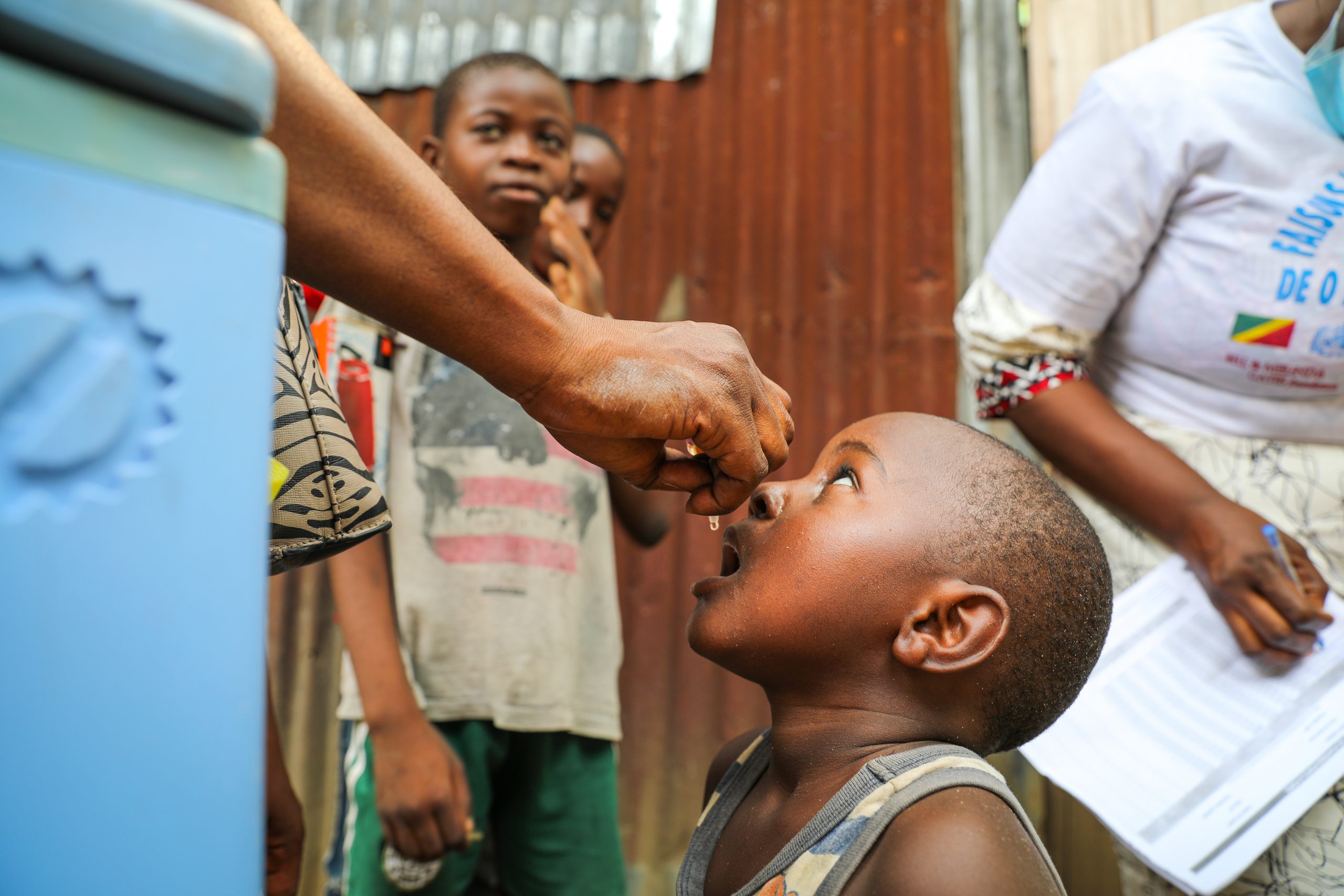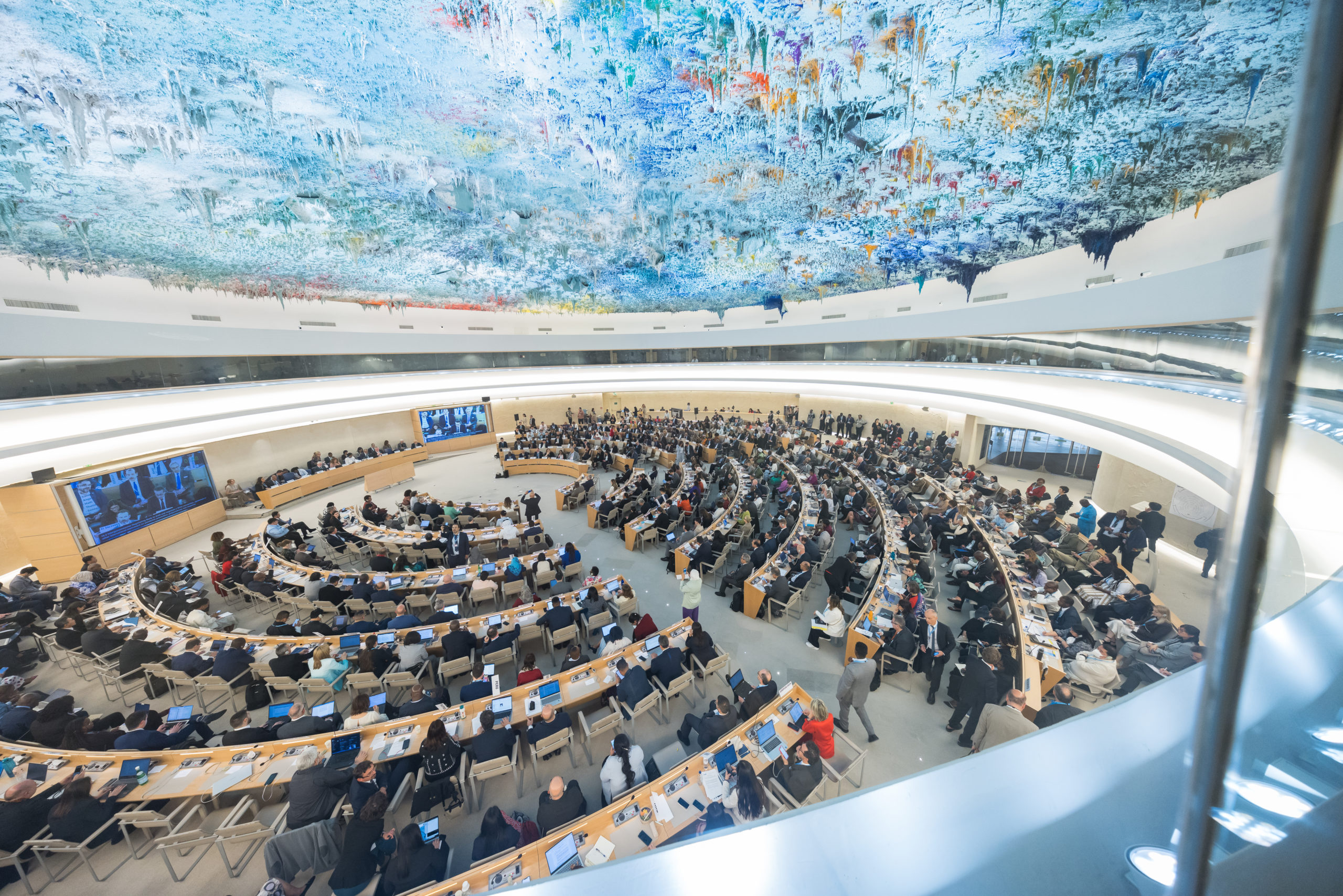
7 February 2020 – Meeting in Geneva, Switzerland, Member States of the Executive Board expressed overwhelming support to the global effort to eradicate polio, in the face of an alarming polio epidemiology which emerged in 2019.
Last year saw an upsurge of wild poliovirus cases in Pakistan and Afghanistan, and an unexpectedly large number of circulating vaccine-derived poliovirus outbreaks. To address the situation requires new energy, and Member States strongly asserted their support to urgently achieve a world free of all strains of poliovirus.
Addressing the delegations, WHO Director of the Global Polio Eradication Initiative Michel Zaffran noted the strong response of Member States to 2019 setbacks: “Witnessing the efforts of colleagues, and the commitment of national governments, I feel personally confident and optimistic that we have begun to turn things around to ensure success. I see new commitments at country level. In Pakistan, a re-launch of the effort began midway through 2019. The programme undertook an in-depth analysis of the major area-specific challenges and their root causes, which they have now started to address.”
Eradicating polio in the remaining global wild poliovirus transmission block in Afghanistan and Pakistan is critical, as failure could result in global resurgence of the disease. Modelling indicates that within ten years, 200,000 cases would be reported worldwide, every single year. The risk of global spread of communicable disease has this year been underlined by the novel coronavirus (2019-nCoV) situation.
Member States also almost unanimously offered their support and commitment to closing outbreaks of vaccine-derived viruses (cVDPVs), endorsing new and concerted efforts. With Africa on the verge of being certified free of wild poliovirus, WHO Regional Director for Africa Dr Matshidiso Rebecca Moeti emphasised that the continent will continue to fully commit to eradication efforts until the cVDPV2 emergency is overcome. “New approaches and rapid response teams across the continent are intensifying their efforts in ensuring every child is reached during outbreak response, and that new outbreaks are rapidly detected and responded to.”
To this effect, the Executive Board endorsed in a Decision a new cVDPV2 outbreak response strategy, including accelerated roll-out of novel oral polio vaccine type 2 (nOPV2) to more effectively address the cVDPV2 health emergency currently affecting parts of Africa, the Middle East and the Southeast Asia region. Novel OPV2 – a brand new tool to address outbreaks – could be available to address this health emergency as early as mid-2020 under WHO’s Emergency Use Listing procedure.
The new vaccine, however, is only half the battle, cautioned Zaffran, stressing that resources and operational improvements are needed to ensure the vaccine reaches every last child. “We also need to implement stronger outbreak response and ensure more comprehensive surveillance, both things that cost money. With thanks to the generosity of the international development community, we have mobilized pledges of US$2.6 billion made at the Last Mile Forum in Abu Dhabi just two months ago. But this will not be enough to eradicate polio and tackle these increasing number of outbreaks. We are therefore calling on member states to mobilize domestic resources to respond to outbreaks, where possible.”
Zaffran continued: “On the horizon I witness a new epidemiological situation slowly beginning to emerge. I see a new, re-launched programme which has the building blocks in place to lead us to success. Let us not be under illusions however. This will not happen overnight and this will not be easy. The nature of the virus is that every operational improvement will take several months or longer to be reflected in epidemiology. This is the way polio eradication works: there is always a time-lag. So for now, we need to measure our progress in programmatic and operational success. We must continue our new commitments, action our new strategies, introduce new tools, monitor results and maintain our drive. Significant impact on epidemiology will subsequently follow.”
“We have a lot to do,” Zaffran concluded. “But the programme is starting 2020 on a very strong footing. I am convinced 2020 will go down in history as the year which turned the programme around, and back onto the path towards lasting success.”
Concluding the polio deliberations and speaking on behalf of 1.2 million Rotarians worldwide, Judith Diment, Chair of the Rotary Polio Advocacy Task Force, stated: “Rotary remains fully committed to the pursuit of a polio free world, as evidenced by our extended commitment to raise 50 million dollars annually through 2023. We urge all countries to devote the national financial and human resources needed to sustain high levels of population immunity through routine immunization, mitigate the risk of polio outbreaks and avoid significant unnecessary human and financial cost. The window of opportunity to achieve a polio-free world will not remain open forever. The time for urgent action is now.”



